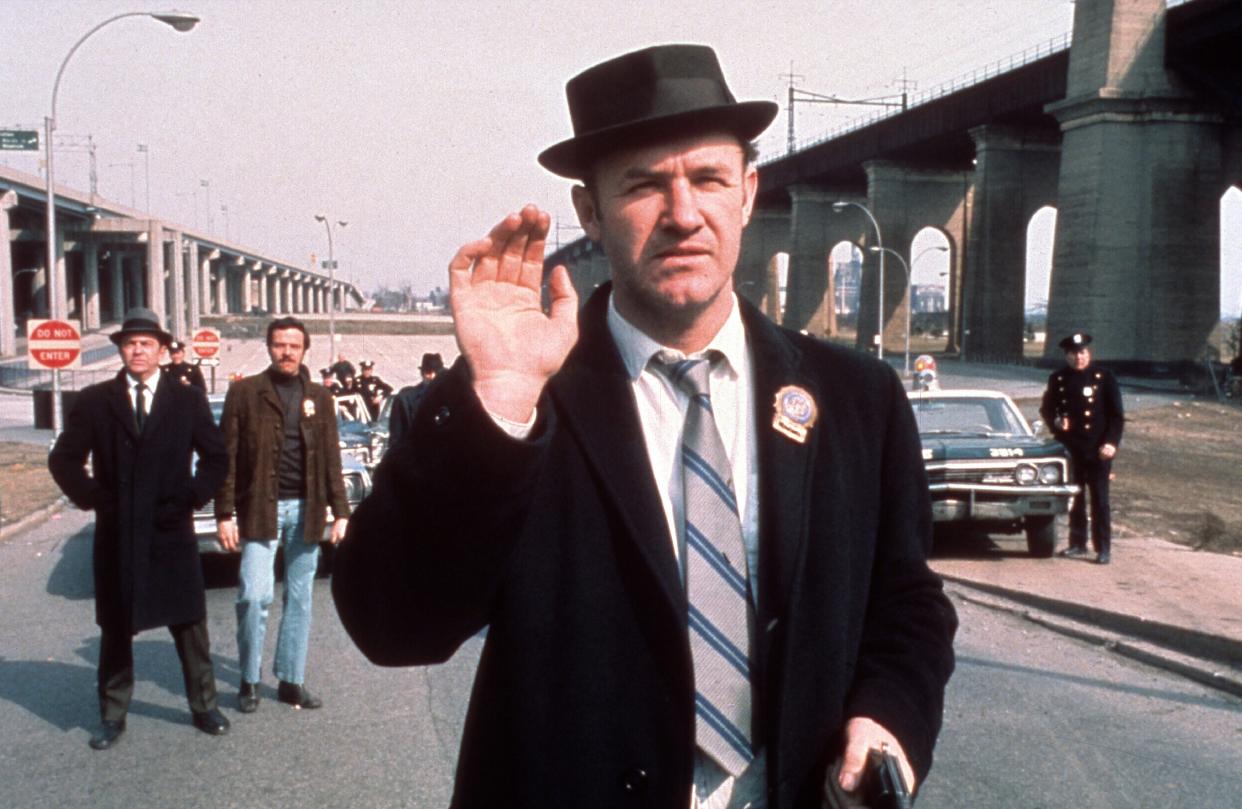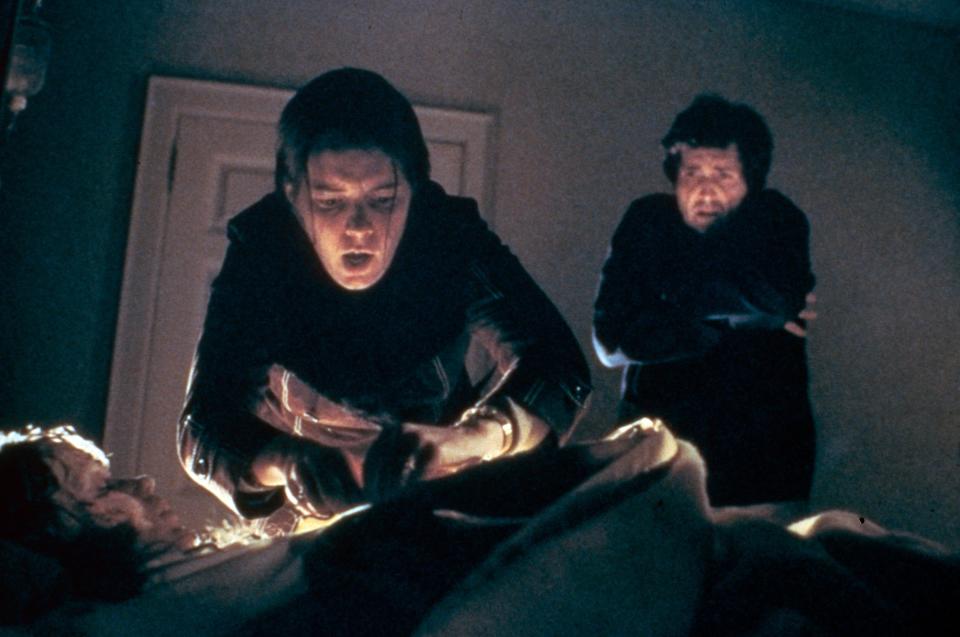How Director William Friedkin and Cinematographer Owen Roizman Became the Uneasy Riders of the ’70s

First cinematographer Owen Roizman passed away at 86 in January, and now director William Friedkin has left us at 87 on August 7. But their legacy as New Hollywood mavericks of the ’70s will continue to influence and inspire generations of filmmakers. That’s because their legendary back-to-back partnership on the Oscar-winning New York crime thriller “The French Connection” (1971) and the blockbuster horror film “The Exorcist” (1973) helped define that decade’s uneasy look of docu-realism.
The duo creatively connected instantly on “The French Connection,” which starred Gene Hackman as rogue cop Popeye Doyle, trying to stop a heroin smuggling deal while fighting a corrupt police force. Friedkin was able to leverage his documentary experience for the first time in his fledgling directing career, while Roizman broke free from his glossy TV commercial roots.
More from IndieWire
“The French Connection” elevated the cop genre with its art-house style (inspired by “Z”) and relentless pace. It also featured one of the greatest car chases in film history, with Popeye racing after a hitman in an elevated train driving a Pontiac LeMans. In winning Best Picture, Best Director, and Best Actor Oscars, the film set the tone for the turbulent ’70s.
The kinetic, handheld energy, though, matched the realism of Ernest Tidyman’s Oscar-winning script and the setting. Indeed, Friedkin and Roizman were inspired by the bleakness and danger that pervaded New York at night. They shot with whatever available light was handy: “Billy [Friedkin] wanted to have an uneasy feeling to the whole look of the picture and it was also a way to work fast. We would just grab the camera and shoot,” Roizman recounted.
The car chase was filmed in Bensonhurst, Brooklyn, running under the BMT West End Line on an elevated track above Stillwell Avenue. For the iconic, low-angle shots of Popeye racing through the streets, made from a front bumper mount of the car, Roizman under-cranked the camera to 18-frames-per-second to enhance the speed.
That collaboration got an unfortunate epilogue in 2009 when Friedkin altered the gritty realism of “The French Connection” for its Blu-ray release. Inspired by the monochrome look of John Huston’s “Moby Dick,” the director decided to experiment with a desaturated look for his masterpiece. Yet he didn’t bother to consult with Roizman, who was furious with the result, which turned out to be a bleachy mess. Friedkin blamed the manufacturing but lashed out at his former colleague. Fortunately, they made up and Roizman participated in a subsequent Blu-ray remastering that was more in keeping with their celebrated docu-realism.

When Friedkin and Roizman re-teamed for 1973’s “The Exorcist,” adapted from William Peter Blatty’s best-selling novel of demonic possession, they turned the horror genre on its head with a darker dose of docu-realism and spiritual gravitas. As a result, it became the first horror film nominated for Best Picture. Friedkin and Roizman were both nominated and Blatty won the Oscar for Best Adapted Screenplay.
Friedkin, who was not a believer in demonic possession, used the film as a springboard for exploring a larger societal malaise and, in the process, created a cultural phenomenon. (He did not participate in David Gordon Green’s upcoming “The Exorcist: Believer” sequel; however, he granted Blatty an unprecedented “producer’s cut” in 2000). “To me, you take what you bring to it,” Friedkin said. “Whatever your feelings about good and evil, God and the devil, the movie reaffirms them. I relished ambiguity back then. It’s what the era was about….”
Once again, the director and cinematographer adopted a visual strategy emphasizing realism with available light. Most of the film takes place at night in Washington, D.C., and Friedkin was very demanding when it came to the pivotal third-act exorcism involving the possessed Regan (Linda Blair), Max von Sydow’s Father Merrin, and Jason Miller’s Father Karras. He wanted the actors to feel the cold to enhance their performances and to see their breath, so the crew refrigerated the bedroom set in New York just below freezing.
“The only way we could get the breath to show was to backlight it,” Roizman said. “This created a problem, because the light source we had to work with was always coming from right next to the bed and the two priests who were performing the exorcism were always facing the light….The challenge was to get backlight on the breath while keeping everything else dark….But with the actors moving all the time, it got to be a bit difficult. It was always a matter of finding a place to hide the backlight and finding a way to keep it off of the actors.”
In addition, during the exorcism, the lamps would flicker and dim, causing the lighting pattern to change, particularly when the room shakes at one point, causing one of the two lamps to fall on the floor. However, to complicate the end of the exorcism, Friedkin wanted the lighting to become ethereal with a soft glow. “We tried, at that point, to work with absolutely no shadows in the room, using just bounce light — and I think we achieved the correct overall effect,” Roizman added. With “The Exorcist” still terrifying audiences 50 years later, Roizman and Friedkin absolutely did.
Best of IndieWire
Sign up for Indiewire's Newsletter. For the latest news, follow us on Facebook, Twitter, and Instagram.

 Yahoo News
Yahoo News 
